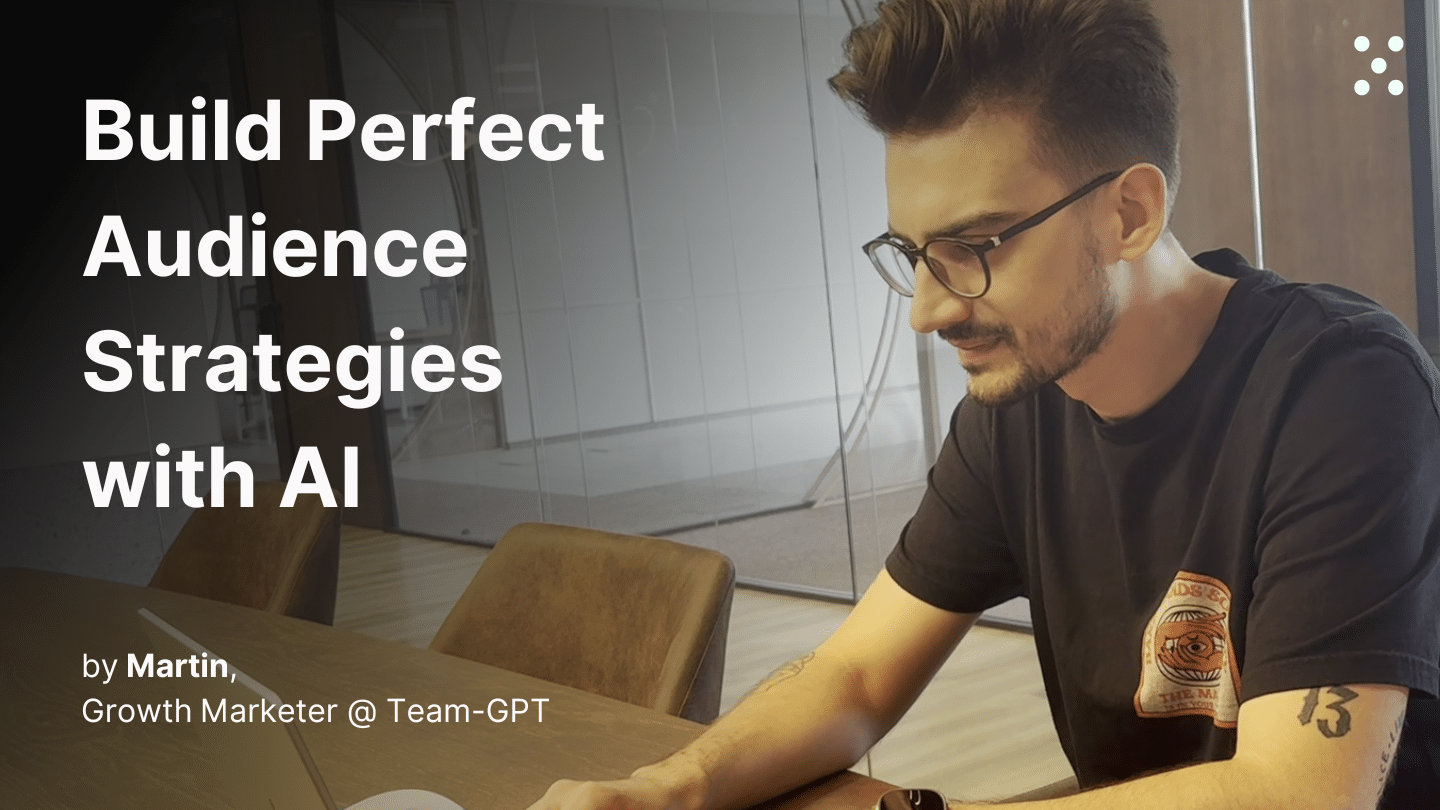Plan Multi-Platform Paid Media Launches
Build comprehensive paid advertising strategies across multiple platforms in minutes. Get budget allocation, targeting recommendations, and launch timelines tailored to your brand.
Step 1. Set up your Marketing ROI Project
Navigate to your Project in Team-GPT (this could be for your company, a specific campaign, or a client you're working with). Click the "Project knowledge" button to open the sidekick.
Add your essential context:
- Brand guidelines (messaging, visual identity, tone of voice)
- Website or landing page URLs
- Previous campaign performance data
- Target audience demographics and behavior
- Competitor research and market insights
- Budget parameters and KPIs
This context gets referenced automatically in every chat within the project, so you only need to set it up once.
The more comprehensive your context, the better your AI-generated campaigns will be – the AI takes into account all the information you include and gives you much better responses.
Step 2. Prep your prompt/instruction
Instead of writing prompts from scratch, use Team-GPT’s built-in Prompt builder. Click the “Tools” button in the left sidebar to access it. Describe your task in simple words. For example: "I need to plan a multi-platform paid media launch campaign."
The Prompt builder will ask follow-up questions to gather more context about your campaign goals, target audience, and ad format preferences. After that, the tool will generate the perfect prompt.
Save your prompt to the Prompt library and share it with your team for future use. You can find the Prompt library in the sidekick menu or when you type “/” in the chat input field.
Pro tip: Use Team-GPT's instruction enhancer to make your agent guidelines comprehensive and thorough, ensuring every recommendation aligns with your brand and campaign goals.
Optional. Ask what data you need
Before uploading your campaign data, you can simply ask: "What information should I provide?" Very useful when you aren't the one who setup the project, or just want to refresh your memory.
The AI will tell you exactly what data it needs for optimal analysis. This ensures you gather the right metrics before running your analysis.
Step 3. Provide your campaign data
Paste your marketing channel data into the chat. Include spend, revenue, conversions, and any other metrics the AI requested.
Step 4. Review insights and share with your team
Run your saved prompt and the AI will ask you what information you can provide. Share your campaign details:
- Campaign objective (brand awareness, lead generation, conversions, etc.)
- Budget range
- Target audience details
- Preferred platforms
- Timeline and launch date
- Product or service being promoted
The AI will reference all the project knowledge you added earlier, ensuring the strategy aligns with your brand guidelines and past campaign performance.
Step 5. Convert to an editable Page
Hover over any AI response and click "Turn to Page" at the bottom. This creates an editable document where you can manually adjust specific parts while keeping the rest of the AI-generated content intact.
Use the drag-and-drop interface to reorganize sections, apply formatting, or use AI tools on individual paragraphs (like "make this more specific" or "add more detail here").
Tips for better results
- Add past campaign data: Upload previous campaign reports to your Project knowledge. The AI will identify what worked and recommend similar strategies for your new launch
- Be specific about your goals: Tell the AI your exact objective (like "generate 500 qualified leads at $20 CPA or less") to get precise platform and budget recommendations
- Include competitor insights: Add information about competitor campaigns you've seen. The AI can help you differentiate your approach
- Start with minimal data: Even with just a budget and objective, the agent can provide valuable recommendations. Add more details as you refine the strategy
- Ask for scenario planning: Request multiple budget scenarios (conservative, moderate, aggressive) to see how different investment levels affect your reach and results

.webp)
.png)
.webp)
